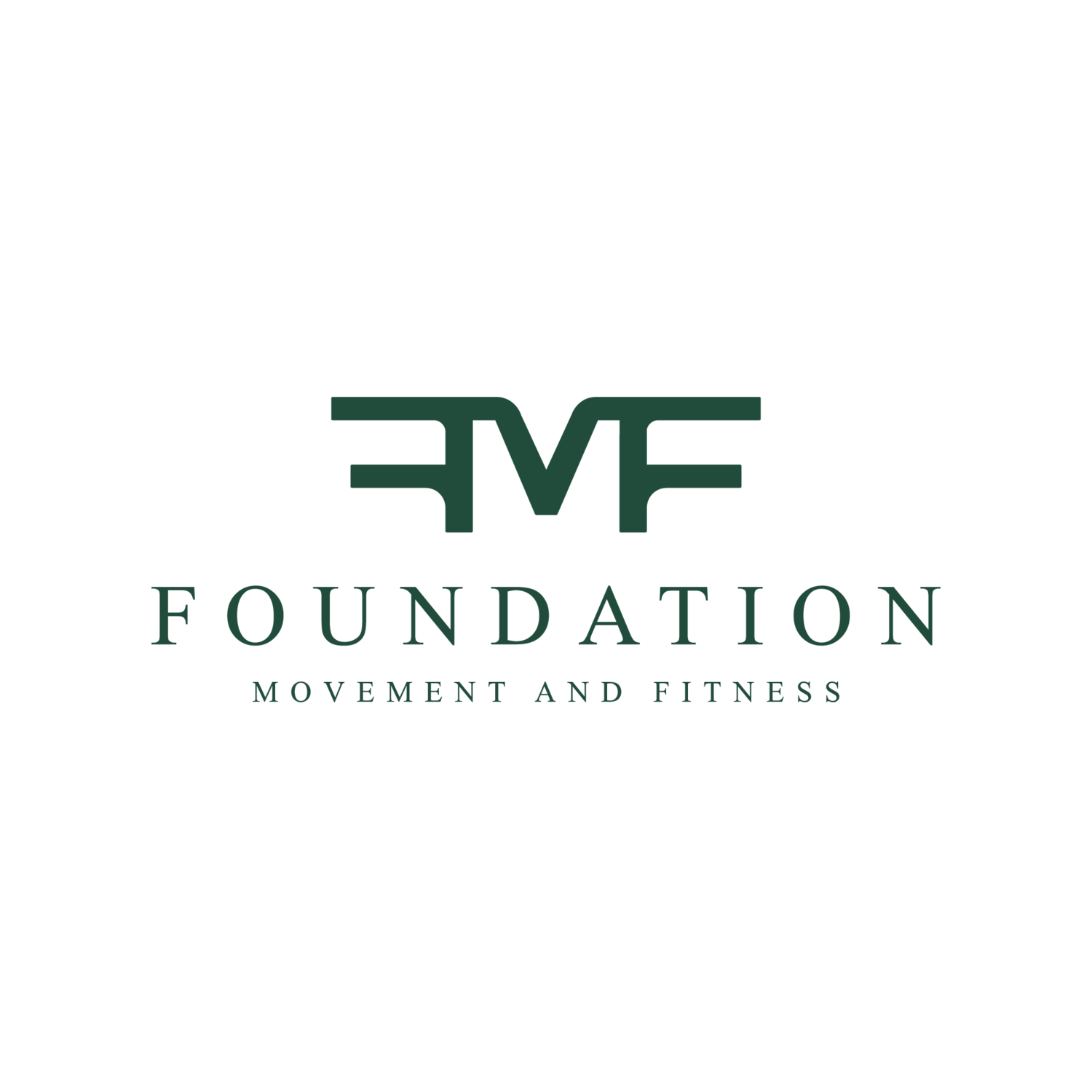Hey FMF tribe!
This week we are going to be going over hanging leg raises and pull ups as they relate to progressions, regressions, and variations. You will definitely want to check out our most recent post before reading this to be caught up on the topic as this one builds off the last.
So as promised here are two examples of variations of exercises for clients.
Pull Ups
Everyone wants to be able to do a pull up. Most people will probably never be able to. But that’s ok! Don’t let that discourage you from training them yourself or from training them for your clients. Doing a pull up is a very important, functional movement and regardless of if someone can progress to a full pull up or if they are doing “variations” of them, they will be hugely beneficial! So this is where that term variation becomes important.
If you have a client come in and tell you they have the goal of getting a pull up but they are there because of frozen shoulder, or chronic shoulder pain, or neck pain with tingling down the arm, the first thought you may have is: that is one lofty goal! Realistically, you may also be thinking that it’s unlikely they’ll ever really be able to do a pull up especially if maybe this is a client that is really out of shape or older as well as having an injury.
Don’t let that keep you from training pull ups! A pull up is going to look different for everyone. Most of us are not going to be able to bust out 10 beautiful unassisted pull ups at any given moment but we can certainly still train a variation of this movement.
Once a client is able, a simple dead hang is a great place to start. Have the client hang for as long as they can to find a baseline and start working up that number. Someone who cannot comfortably hang from the bar for 10 seconds certainly won’t be able to grip long enough to do 10 pull ups. So start with hanging. Gradually work that up as tolerated.
Next are shrugs. In this video you can see Mason demonstrating a hanging shrug. As you can see he is very controlled and slow in his movement. He is not swinging his body around. This is how you want a shrug to look.
Now after this, there are a few ways you can take it… try out banded pull ups, eccentric pull ups, jumping pull ups, and even cable lat pull downs. You may also want to try different grips. An underhand grip pull up tends to be easier than a pronated grip. Just be sure to continuously work on one thing and after that improves, you can change to another. If your client never fully moves to being able to do an unassisted pull up, that’s ok. Having them do all these variations will still be hugely beneficial.
Hanging Leg Raises
Ok now another one that a lot of people want to be able to do is a hanging leg raise. We have purposely put these two together because they can also help improve one another. Working through hanging leg raises will certainly help improve pull ups and vice versa. Here is the run down to the hanging leg raise progression seen in the video:
Start with your hang hold: depress the scapula and pull the shoulders away from the ears.
First, the simple knee tuck. Remember to remain controlled though the core to prevent swinging. Next, bent knee raises. Some people might not have the hamstring flexibility for a full straight leg raise and that’s ok! These are challenging on their own and are a good segway into the straight leg raise. Next would finally be the straight leg raise.
From here, there are tons of fun variations to make these harder. Upgrades can include: leg circles (shown in video), ankle weights, dancer straddle ups, holds at the top, half pullup positions, chin above the bar position, etc. Get creative!
I hope this is some fun and helpful inspiration for working through variations for different client’s wants and needs. Never write off a lofty goal! Just know that you may be doing a variation of that goal that doesn’t quite look the same. And again… that's ok!
